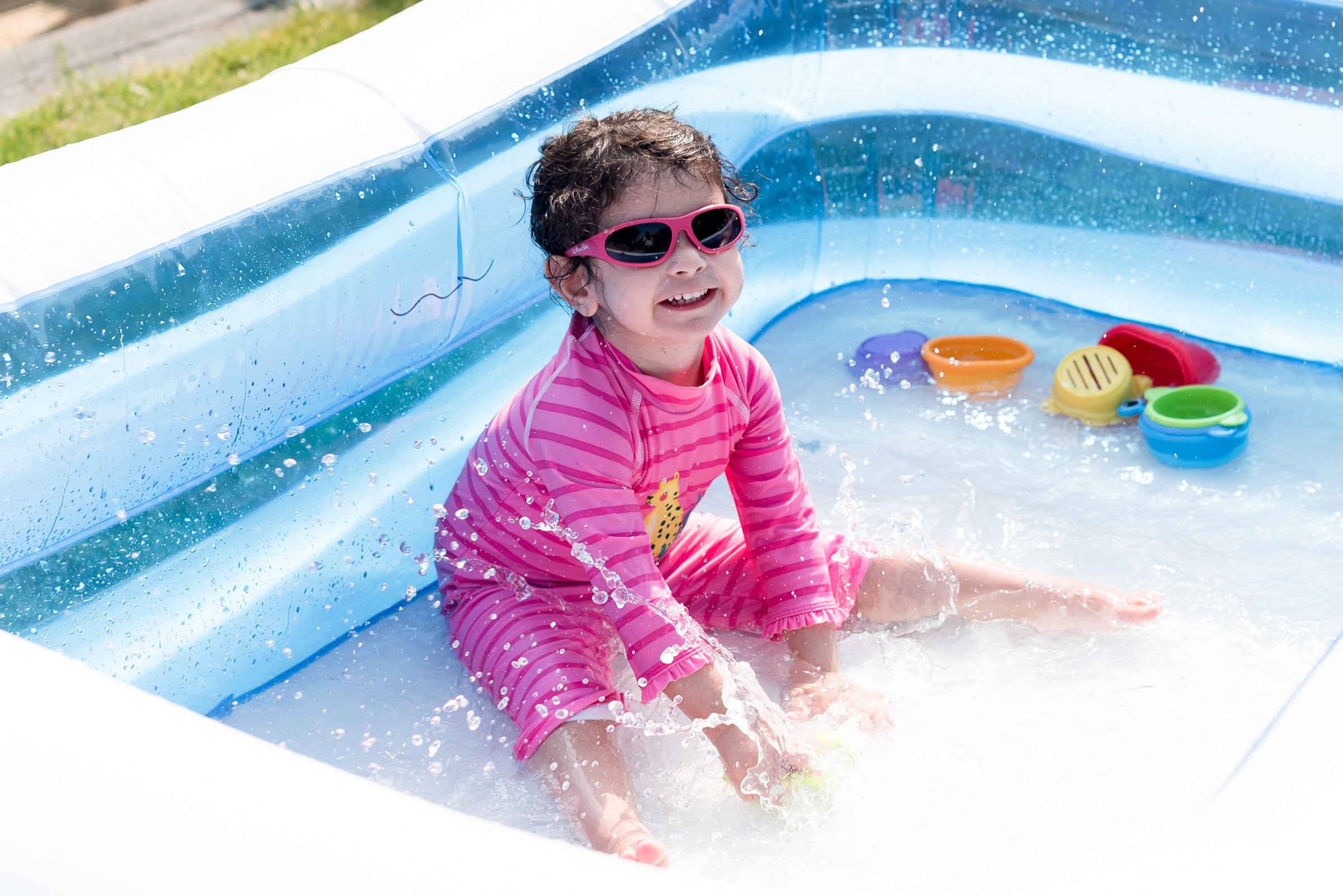As parents, ensuring the safety and well-being of our children is always a top priority. However, for children with Autism Spectrum Disorders (ASD), water safety takes on an even greater significance. Shockingly, drowning is the leading cause of death for children with autism, accounting for 91% of reported deaths among those aged 14 years and younger. At Minds in Motion, we recognise the critical importance of providing children with ASD the skills and support they need to stay safe in and around water.
So, why swimming? The benefits are manifold. Swimming serves as a powerful stress reducer for children, emphasising controlled breathing and movement. Moreover, it offers a unique avenue for parallel play, enabling children to engage socially while enjoying the water’s therapeutic properties. Buoyancy and hydrostatic pressure provide sensory input and postural support, facilitating improvements in sensory and social behaviours. Additionally, swimming fosters the acquisition of fundamental motor skills while serving as a low-impact exercise to enhance mobility and coordination.
When it comes to swimming, specific guidelines are essential for children with ASD. Recognising that the competitive nature of swimming may hinder participation, it’s crucial to tailor lessons to individual needs and interests. Older children often appreciate the repetitive nature of swimming laps and games aligned with their preferences. However, for younger children, mindfulness of emotional maturity and developmental readiness is paramount. Consistency and repetition in the swimming pool environment are key, with recommended lesson times between 30-45 minutes and water temperatures maintained between 28.3 to 30 degrees Celsius to ensure comfort and safety.
At the outset of a child’s swimming journey, building trust and establishing routines are extremely important. Initial lessons should focus on water safety outside or next to the pool, gradually progressing to water exploration and skill development. Visual schedules, video modelling, and demonstrations are effective tools for teaching children with ASD, emphasising a graded approach that breaks tasks into manageable steps. Flexibility and clear, consistent instructions are essential components of the coach’s approach, along with visual aids such as schedules, pictures, and props to reinforce learning and provide structure.
At Minds in Motion, we’re committed to empowering children with ASD to enjoy the many benefits of swimming while prioritising their safety and well-being. Through tailored instruction, clear communication, and a supportive environment, we strive to make swimming a positive and enriching experience for children of all abilities. For more information on navigating swimming challenges for children with Autism Spectrum Disorders, send us an email or alternatively sign up for our online course on SwimCoach!

